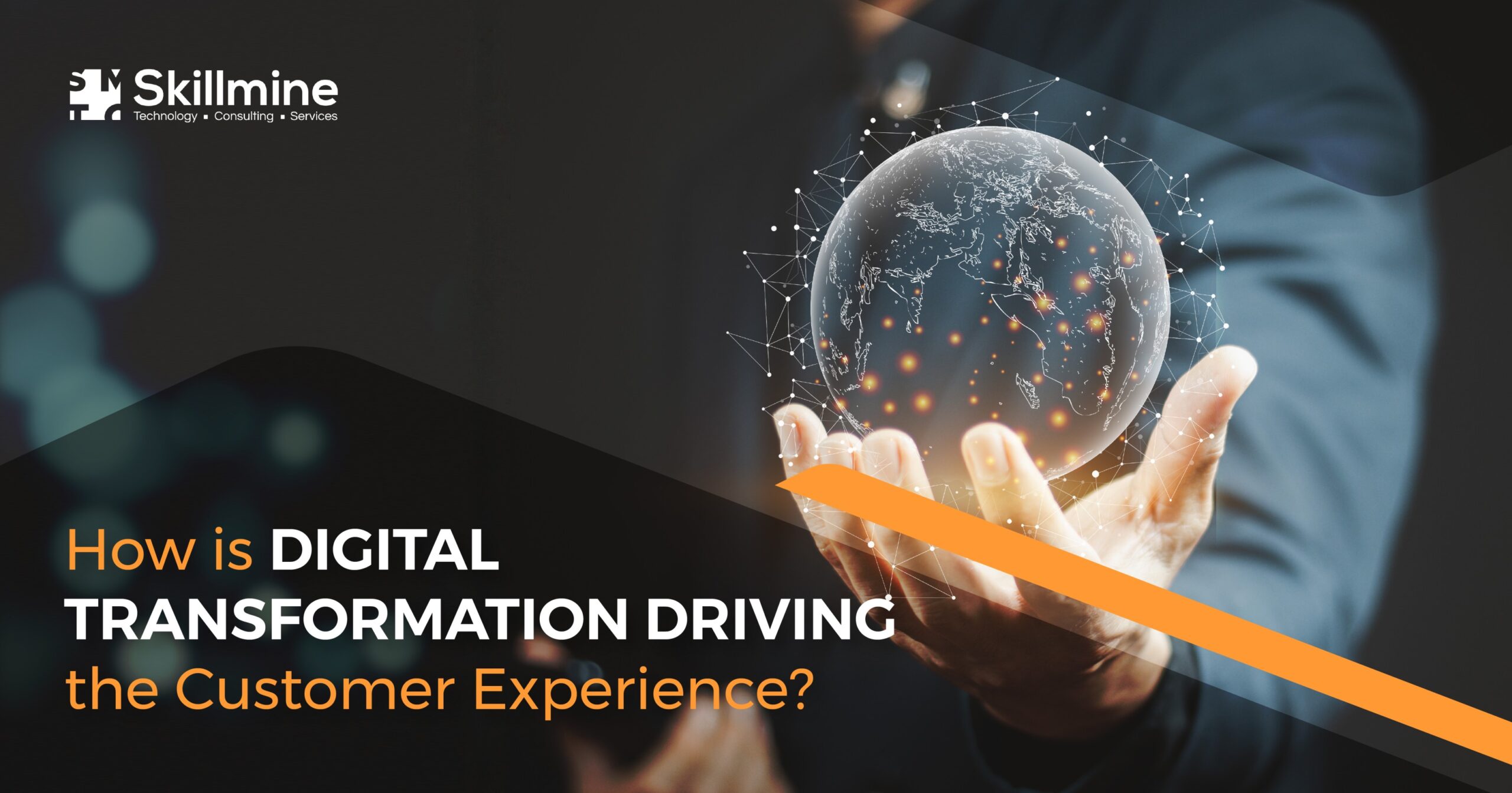A leading company in the telecom industry has adopted an AI-powered chatbot to offer its consumers a conversational experience via voice, the web, and mobile apps. It could respond to simple and complex client inquiries without involving a human. The business could automate 66% of customer interactions by implementing the chatbot, cut the average number of customer interactions in half YoY, and boost net promoter scores (NPS). Additionally, with greater automation, the cost of client operations was reduced by about 19% annually.
According to a research by Forbes, two-thirds of a company’s competitive edge comes from its customer experience. McKinsey has found that digital transformation and a focus on customer experience can generate a 20-30% increase in customer satisfaction and economic gains of 20-50%. Let’s understand the importance of a great customer experience:
Most customers consider the experience a company offers as necessary as the goods or services it sells. This tendency is directly reflective of customer feedback. More businesses are employing direct conversational channels with API-based integrations and rest test tools to communicate with customers in a personalised fashion to satisfy these consumers.
The strategy such businesses follow strongly emphasises automation, which enables them to grow personalised customer experiences at a lower cost without losing sight of their clients.
So, what expectations do customers have currently?
– Customers expect customization.
– They expect companies to be able to predict what they will need before they even ask for it.
– They expect to have a say in the channel and time they interact with a business.
– No matter the channel customers use, they anticipate a consistent experience.
This indicates that having a single view of a consumer is essential for businesses, as opposed to having interactions spread across various channels. Communication channels must be consolidated to provide a unified view of the client journey. This aids in forecasting the customer’s needs and helps the firm understand its clients better.
How does digital transformation drive the customer experience?
Offers multi-channel experience
These days, a smooth multi-channel experience is what customers demand. They anticipate continuous, multi-channel dialogues in real-time. This can be facilitated via a cloud communication platform that links numerous platforms for client engagement through your Customer Relationship Management (CRM).
Personalisation
Customers expect a business to, at the very least, recognise their name and purchasing history and make product recommendations based on those past purchases. Every time customers interact with a business, they can expect a consistent experience with the help of digital transformation that consolidates the whole digital customer experience in one location.
Automation
It’s crucial for a business to respond to a customer who seeks information. With automation, most of this can be handled with ease. Companies don’t need to hire candidates to respond to frequently requested queries to grow their customer service. These can be pre-loaded on chatbots and save customers a lot of time. The amount of time that customer support representatives spend on administrative tasks can also be decreased even by automating simple actions like follow-up emails.
Guided sales
Chatbots can guide clients through the sales procedures inside a messaging channel they already use by following a predefined route. Companies can create client conversations tailored for effective sales interactions, including greetings, a smooth hand-off discourse, product recommendations, and purchasing processes. The digital transformation that lays importance on customer experience makes it possible for the buyer to have the option of receiving delivery status updates on the same channel after making a purchase.
Promotes going paperless and supports multilingualism
Digitalization lets businesses efficiently provide paperwork to their clients by utilising messaging systems. Customers can access all their information in one location, and companies can quickly track their customers. Additionally, businesses can communicate with customers in their language without needing a native speaker with the help of the platforms’ capacity to handle several languages.
Conclusion
Digital transformation involves acquiring a product mindset and using it in your company. It is a process which understands that the digital environment will constantly be changing and that consumer expectations will grow along with the landscape’s potential to produce ever-improved results. A full-scale digital transformation entails sketching out the customer journey. Talking to actual customers to gain their opinion and paying attention to reviews and testimonials are at the core of this. Skillmine’s digital transformation services focus on creating exceptional customer experiences.
Looking for expert technology consulting services? Contact us today.





